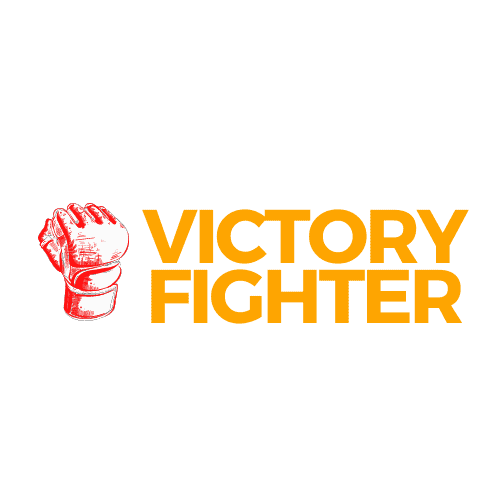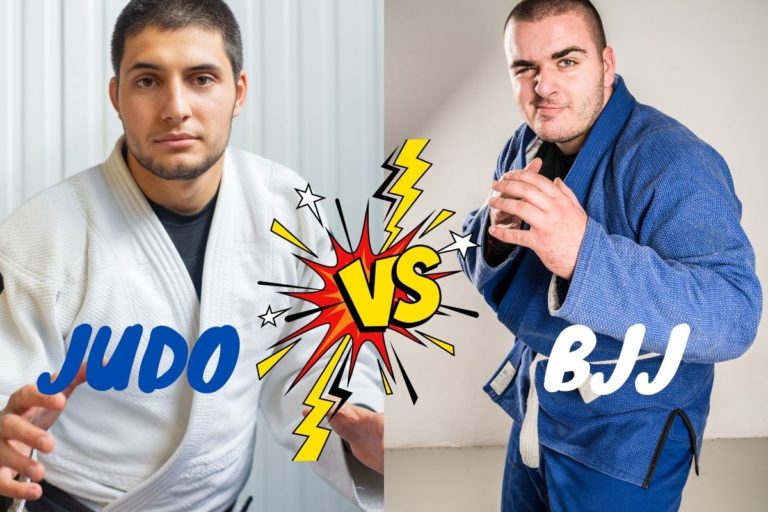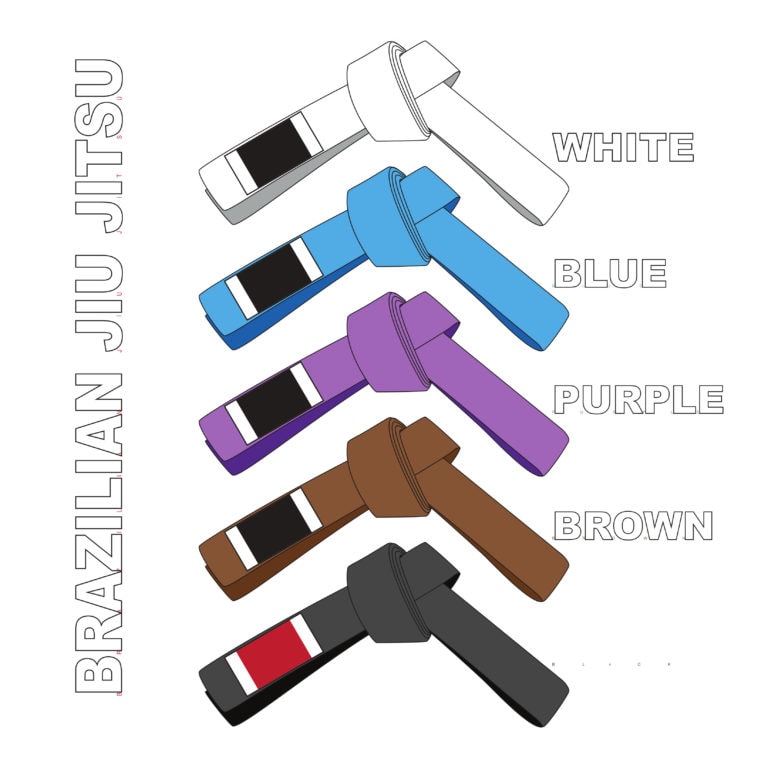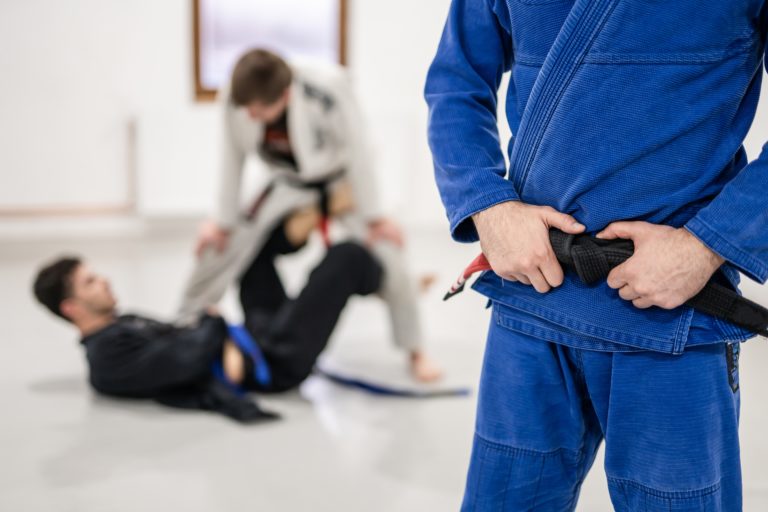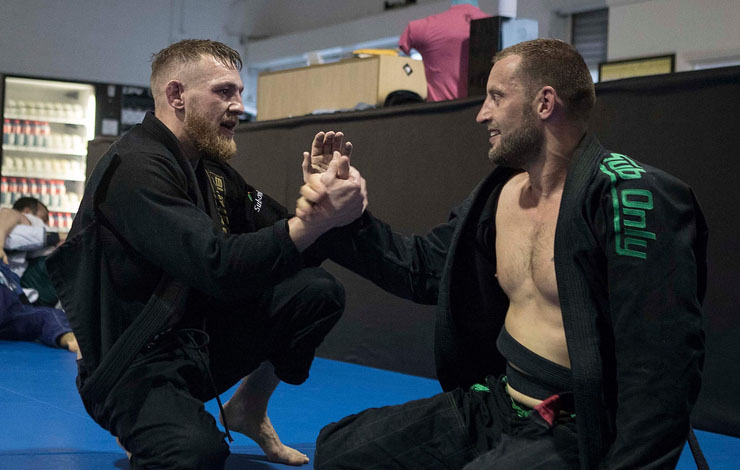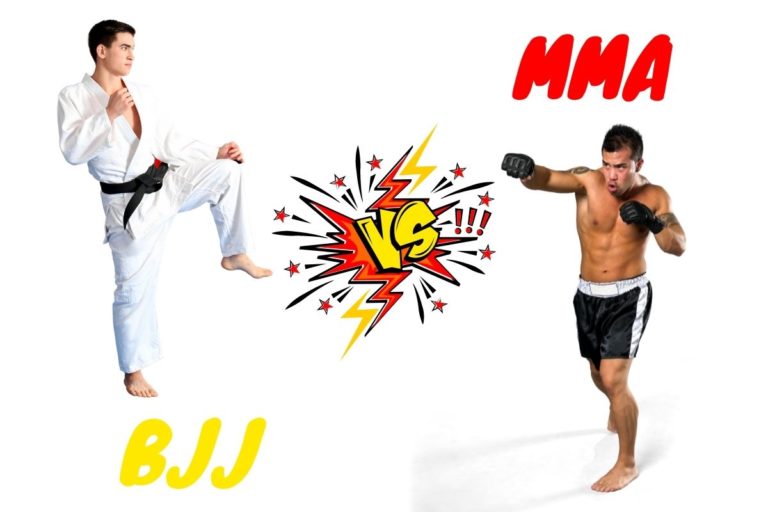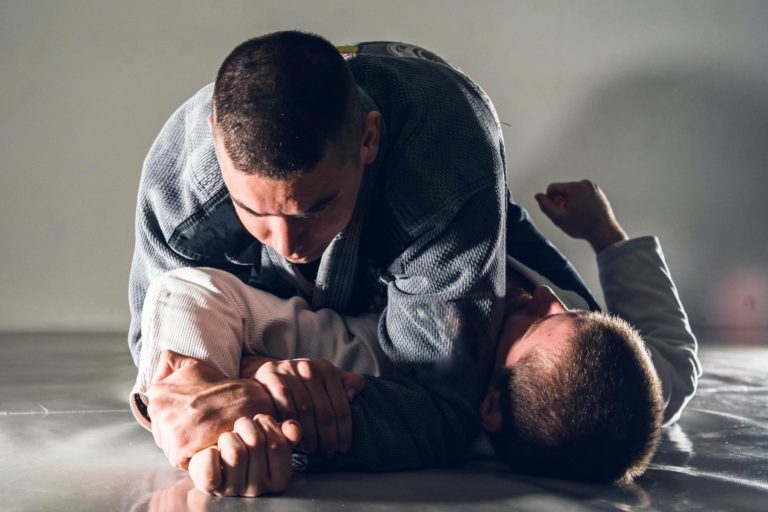Common Injuries in BJJ and How to Avoid Them
BJJ is a very popular martial art that, due to the lack of striking, is also known as one of the safest. But make no mistakes about it, BJJ is not injury-free and you can easily get hurt in training. This leads us to the main question: how dangerous is BJJ and what are the most common injuries in training and competition?
According to studies, BJJ includes 9.2 injuries per 1000 exposures, which is much less than in most other martial arts. The most common ones are orthopedic injuries which accounted for 78%, followed by rib injuries, and lacerations that required medical care. The study also shows that the elbow was the most hurt joint of them all, and the famous “arm bar” the most dangerous submission.
Keep reading this article to learn more about the common injuries in BJJ, and tips on how to avoid them.
What are the most common injuries in BJJ training and competition?
On one side, BJJ carries a lower risk of injuries than most other martial arts like wrestling, MMA, or boxing. But on the other, it is really hard on your joints, back, neck and shoulders. Each time they roll, athletes put their bodies in awkward positions and a lot of stress on their back, and get their joints stretched, twisted, or stuck in weird angles, which often leads to minor or serious injuries. Here is a list of the most common injuries in BJJ.
Elbow injuries
Elbow injuries fall into a group of the most common injuries athletes sustain in BJJ, and for a good reason. Human elbows are very sensitive and it doesn’t take much pressure to cause damage. On one side, there are flexible people like Tony Ferguson who can put their elbows into impossible positions and get out without much damage. The armbar he got out of against Oliveira is a great example. But he is a rare specimen and the majority of other people, including trained BJJ athletes are not capable of doing the same thing.
The joint lock that is causing most elbow injuries in gyms around the world is the famous armbar. It is one of those tricky locks that doesn’t give you much time and space to fight your way out and escape. It instantly puts you in serious pain and your elbow can pop out in a blink of an eye. The most common injuries are:
- Tendonitis
- Bursitis
- Sprains and strains
- Dislocation
How to prevent elbow injuries in BJJ?
To prevent serious damage, be sure to tap out as soon as you feel that you have got caught. Don’t try, not in any case, to muscle your way out of it. In case you feel any pain afterward, be sure to apply some ice, and if the pain becomes too big or lasts for too long, see your doctor and stay off the training. Be sure to also regularly stretch your forearms, and do various exercises to strengthen the extensor muscles of your forearm.
Knee Injuries
Knee injuries are among the most painful and frustrating ones. These ones are also quite common in all grappling arts such as BJJ, judo, and wrestling. Athletes from these arts all have some type of chronic knee damage which also affects their life outside the gym. On top of that, knee injuries are hard to fully recover from meaning that these often end up causing long term defects. In fact, battered knees are so common that you will often see senior students wearing knee braces to add extra support.
The most common way of injuring a knee is with sweeps and, of course, by twisting your knees with heel hooks, leg locks, and kneebars. It can also happen when you try to pull your leg out while your knee is stuck and blocked by the opponent.
Like in the case of an armbar, hyperextension of the knees and the extended pressure can easily tear off the ligaments, cause strains and sprains, dislocation, and put you on the sidelines for months. Out of all possible knee injuries, the most common ones are sprains (86%), followed by ligament injuries. If you are among the lucky ones, you may get away with a couple of weeks of rest, but in a lot of other cases, you might have to undergo surgery.
How to prevent knee injuries in BJJ?
First, focus on stretching your hip flexors, improving mobilization of your feet and ankles, and be sure to always use the foam roller after a workout. Next, boosting the muscle strength in your quads, hamstrings, and hips will lower the risk of injuries. Some other great workouts that proved to be great for knee injuries are plyometric workouts.
Lower back injuries
Back injuries are one of those things most people ignore up until the point it starts to limit their motion and the pain becomes too big. All sorts of back pain and injuries are more than present in BJJ, notably in the lower back in the pelvic area. Whether you work from full guard or some other position, you will put your pelvic muscles under a lot of stress and all of those spinal twists, fast spins, and awkward positions might hurt your back. In some cases, it might cause micro-injuries to the back that over time may develop into chronic. In some other cases, it might result in an instant injury such as:
- Ligament sprain
- Muscle/Tendon strain
- Herniated/Bulged Disc
How to prevent back injuries in BJJ?
First, be smart and think twice before you go for a move that you know is going to have an impact on your sensitive back or increase the pain. If you find yourself in a situation where the best thing is to go inverted or twist your spine, check your ego in those moments and play it safe. Next, improving core strength will lower the risk of injuries because core muscles actually keep your lumbar spine stable. In some way, you can’t expect to avoid back pain and injuries in BJJ without a strong core, and that’s a fact.
Neck injuries
Neck injuries are probably the worst nightmare for any BJJ practitioner out there because the line between minor and severe ones is so small. When you hear a crack in your neck or feel a sharp pain, the minds of most of us instantly go into full panic mode, and for the right reason. Though the chance is small, neck injuries usually cause damage to your spine which can, in worst cases, put you in a wheelchair for life.
Most neck injuries occur in certain positions when one student is trying to get out of the headlock, while the other student is increasing the pressure and rolling with it. It can also happen when you try some crazy submissions like the flying armbar for example or pulling an inverted guard. In most cases, the damage you have done to your neck is minor but can build up over time, so be sure to visit the doctor’s office as soon as you feel any pain or discomfort. Playing with neck injuries is like playing with fire.
How to prevent neck injuries in BJJ?
The most important thing is to tap early. If you end up in a tight headlock, or other types of neck strangle, do not try to fight your way out of it by increasing the pressure on the neck. This is the most common way people injure their necks in training, so be sure to tap. Next, you start doing a lot of exercises to increase the range of motion and strength of your neck, with or without resistance.
Shoulder Injuries
Shoulder injuries are not, in most cases, serious in terms that your life might be in danger. But on the other side, those ones are very painful and hard to recover from. Whether it’s a minor or the serious one, injuries in the shoulder area limit your range of motion and each move that you make results in sharp pain. The bad news is that BJJ is simply too hard on your shoulders, and the damage is inevitable in some way.
The thing is, BJJ includes a lot of hand grabbing and hard pulling on the arms when you are trying to take the opponent down, or when you land on your outstretched shoulder, which can easily dislocate the shoulder. Also, submissions like kimura and Omo Platas are designed to cause injuries to the shoulders, so be careful when you are attacking or defending against those.
How to prevent shoulder injuries in BJJ?
The most important thing is to always keep your elbows close and spend a lot of time strengthening your shoulders, notably the rotator cuff and the shoulder blades. Improving shoulder strength increases the range of motion in all directions.
Ear damage
The famous street rule says: never mess with a person who has “weird” ears because it is likely that this person is a trained fighter. Those “weird ears” are actually permanent ear damage called “cauliflower ears” and it is common in BJJ, wrestling, and MMA. If you spend enough time on the mats without being careful and wearing protection, you will develop the same ones too.
Most people damage their ears while posting their heads, or while trying to fight their way out of the submissions like guillotines or triangles. The ear gets damaged when it is pressed or hit too hard while rolling. The damage will cause blood clots to form between the skin and the cartilage of the ear. The initial signs of this type of ear damage are swelling, pain, and in some severe cases, even headache and loss of hearing. However, bear in mind that this is not serious damage and you can heal it with a regular doctor visit.
How to avoid ear damage in BJJ?
The best way to prevent ear damage in BJJ is to wear ear protection all the time, as athletes wear in rugby or wrestling. However, a lot of people try to stay away from wearing those because headgear is not allowed in most competitions, and it doesn’t feel natural.
Fingers
Finger injuries do not fall into the group of serious ones that will harm your health in the long run. However, it can be frustrating because, first it hurts like hell, and second, it’s so easy to damage your fingers in BJJ due to the constant grabbing, pulling, falling, and twisting.
In most cases, athletes damage their fingers while fighting for the grip and trying to take the opponent down. This is where their fingers might get tangled, which upon breaking the grip, might dislocate or break the fingers. The other common way is when you land directly on your fingers or toes or hold the grips for too long. It is really hard to avoid these injuries simply because you usually do not think much about the fingers and it is hard to predict these “small” injuries.
How to avoid finger damage in BJJ?
The best way to prevent finger damage is to learn how to properly tape your fingers, and of course, buy a high-quality sports tape first. Next, you must work on improving your technique, and learning how to secure a grip the right way. This will also teach you when is the right time to apply full squeeze, and when not to.
